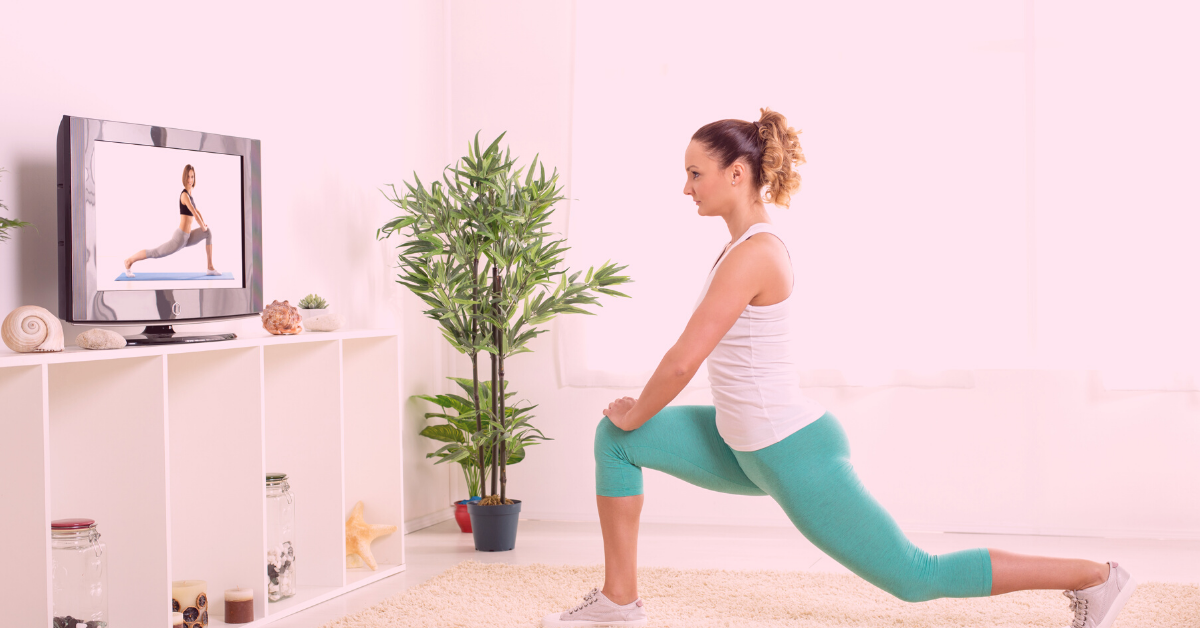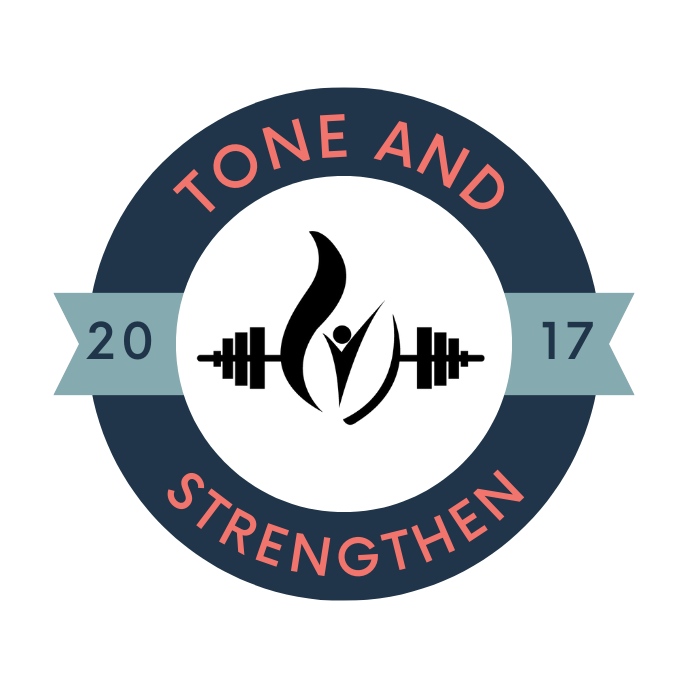
Tips For Starting a Stretching Routine
Having a daily stretching routine is vital for overall wellness and physical health. Stretching can be used as warmup for athletes and in rehabilitation after injury or for certain muscle conditions. There are plenty of benefits of stretching, but it can be risky if caution isn’t practiced. Stretching increases muscles flexibility, strength, and health. Our bodies need flexibility to maintain a range of motion in the joints. Your body will feel better when it has less of muscle tension, soreness, and tightness after exercise.
Here are some tips for creating a stretching routine and avoiding injury.
Do’s of Stretching
Do it daily- Stretching can be done every day. The more regular you are, the better results you will see. That means aiming for a minimum of five days per week.
Talk to your doctor- If you have a chronic disease or a joint/muscle injury, getting your doctor’s approval is a good idea.
See physical therapist- It’s essential to get an assessment of your posture, muscle strength, and range of motion before starting a stretching program. They can use that assessment to help you develop a stretching routine that will address your muscle tightness and postural dysfunction.
Correct your technique- Just like any other exercise, correct technique is a top priority. Work closely with a trainer or a physical therapist, when possible, to perfect your form.
Focus on the major muscle groups- Major muscle groups such as the upper back, lower back, shoulders, chest, hamstrings, hips, and thighs should be stretched.
Pre and post-workout- Bookend your workout with stretching. That’s right! Make sure to incorporate a dynamic stretch in the warmup. After the workout!
Know your limits- Always practice moderation. It’s better to stretch lightly and never go beyond a comfortable stress sensation. You will notice right away that stretching puts stress on your muscles and joints.
Don’ts of Stretching
Avoid ballistic stretches- Ballistic stretching is the forceful bouncing of muscles and joints. His type of stretching uses the force to push muscles beyond the normal range of motion and can lead to injury.
Be discouraged- Postural dysfunctions can take many years to decrease mobility. Restoring the full range of motion in such cases cannot be done overnight. Patience and consistency are key.
Overdo the stretch- Certain types of stretching techniques, such as ballistic stretching when done without supervision, can cause you to overstretch and make your muscles and tendons vulnerable to injury. Stretching should feel like slight tension but shouldn’t be painful.
Give it up- stick with the stretching routine. Once you begin getting back some flexibility, stay with the stretching in your daily routine. You might feel better after some sessions. It’s essential to trust the process and continue the journey.
There are many different types of stretching techniques. Scheduling a few minutes for stretching in your daily routine can enhance flexibility, increase range of motion, and reduce your risk of injury. Stretching helps recover faster after workouts and improves sports performance. Unroll your yoga mat and start stretching!

This Post Has 0 Comments